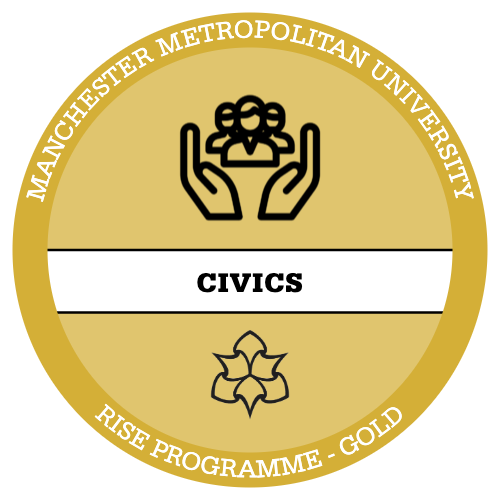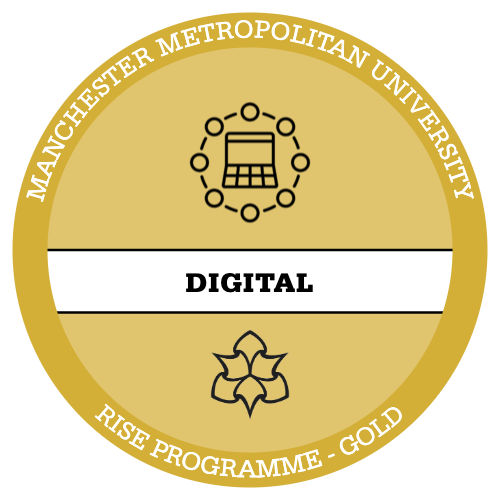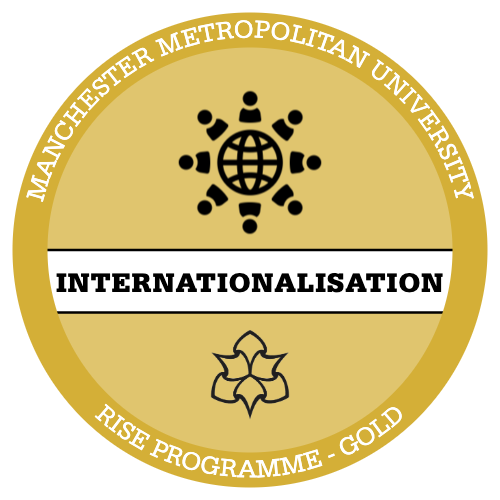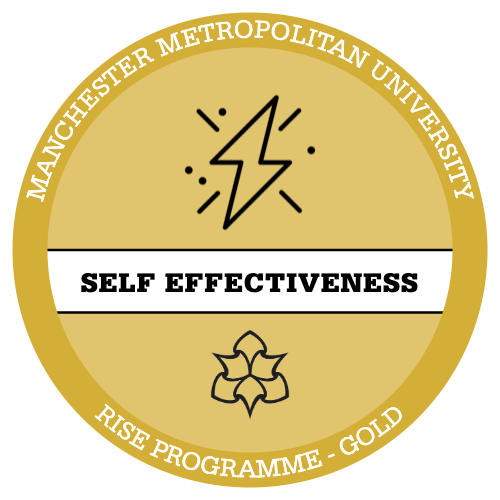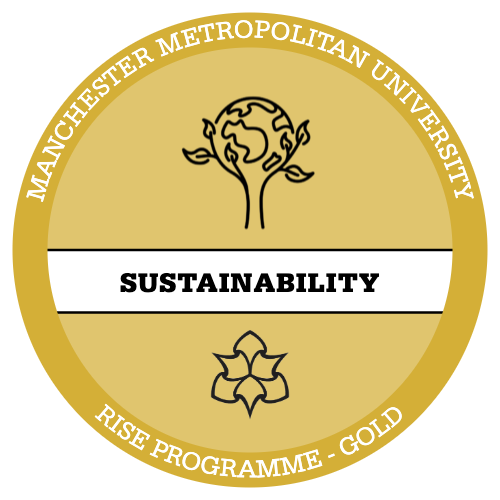Culture and what it means
As you explore culture and becoming more culturally competent in this resource it is important to understand that as people, we have a lot in common with each other however, at the same time, our individual cultures may not always feel familiar to others. There may be things that are normal to you that others may not understand or may misinterpret. However, by being more consciously aware of this will provide more opportunities for us to build meaningful connections with others through curiosity and exploration.
Culture makes up a large part of people’s lives, when we find ourselves interacting with people both personally and professionally, it helps to have some perspective and understanding of this.
There has been a lot of research into culture and its impact on diverse communities. There are various definitions that describe what culture is, take a look at the three below.
“The values, norms and traditions that affect how individuals of a particular group perceive, think, interact, behave and make judgments about their world.” (Chamberlain, 2005)
“Culture is the collective programming of the human mind that distinguishes the members of one human group from another. Culture in this sense is a system of collectively held values.” (Hofstede, 1981)
“A set of inherit guidelines (explicit and implicit) which as members of a certain society inform us how to view our world and how to experience it emotionally. It provides us with the symbols, language, art and literature that we transmit to the next generation’, as a form of perpetuation of that cultural identity.” (Helman, 2013)
Collectively what makes us feel like we connect with others is holding a sense of belonging in a certain group and what we identify in ourselves that we have in common with others, culture is a huge factor in this.
Something to consider
Your nationality is one part of your culture. The video just played, highlights how these national cultural elements can help us understand different interactions. It is important to acknowledge that there are some broad categorisations that naturally don’t apply to every individual. Do you find this helpful? Does cultural norming create belonging and understanding or build stereotypes? Can it do both?
Are you aware that your country has certain stereotypes / viewed in this way, how does this make you feel?
Sometimes the most important thing you can do is to take time to work out how you feel about these things.
Have you ever made an assumption based on a stereotype of someone from another culture and then found it not to be true? What did you learn about yourself or the other person?
Your cultural iceberg
Much like our identity, culture is made up of aspects that are easy to see such as the language we use or the clothes that we wear but there are also parts of culture that aren’t easy to see, like our attitudes towards certain environments and our family roles.
Take a look at the cultural iceberg below which provides more examples of the seen and unseen aspects of culture.
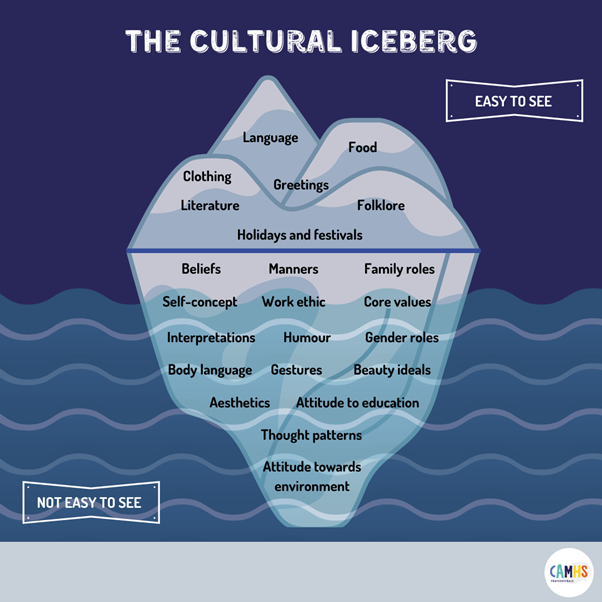
Watch the video by The Culture Academy “The Model of the Cultural Iceberg – Explained” to develop your understanding of this concept

Apply Your Thinking:
Your own cultural iceberg
- Now that you have had an introduction to what culture is and the model of the cultural iceberg, draw and map out your own cultural iceberg.
- Include the aspects of your own culture that will be easy for others to see and then below the surface write down the things that aren’t easy to see or for people from other cultures to understand.
- As you reflect on your iceberg, think of someone you know and see how far you can fill the iceberg out? What do you imagine the similarities and differences to be?
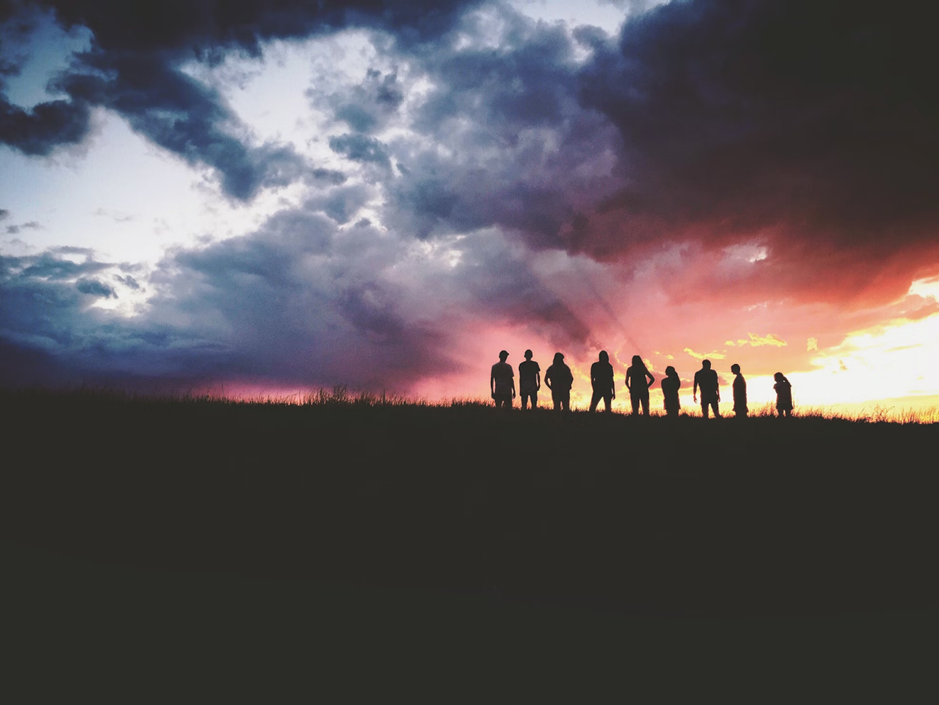
Taking time to get to know others can take courage but is so important. Whilst the top of your iceberg might look similar the bottom of your iceberg is much bigger and you may have many more elements in common that you can’t see at first glance.
These elements interact cohesively; some overlap and intersect. For example, there are certain cultures that share the same humour, family roles and gender roles, but they may differ in other aspects. Finding cultural connection is a wonderful place to start when building community. And so is celebrating diversity and difference.
So much of building cultural awareness is about intentionality and a willingness to grow and learn.

